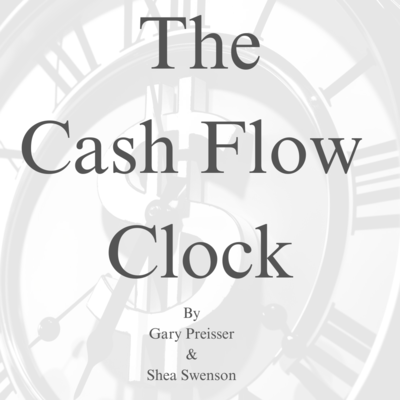The Cash Flow Clock: For Retirees - Book - Page 13

The Cash Flow Clock
Worlds of Money
Now that we understand the different segments of the Cash Flow Clock, let’s
review which investments belong in each one.
Lazy Money
The first section of the Cash Flow Clock is for assets that will either be used
or need to be accessible within the next one to three years. These short-term
savings can be for vacation, real estate purchases or upgrades, education,
weddings or other special occasions, vehicle or other major purchases, etc.
They should definitely include enough to cover potential emergencies, at
least as best they can. The amount needed in this section of the Cash Flow
Clock will vary dramatically from one household to another. It will also
vary dramatically for the same household at different times. The key to
being prepared is to be proactive in making sure that there are always
enough assets in Lazy Money to meet cash flow needs.
Lazy Money must be protected against market risk. Rates of return will
depend on current interest rates and are typically at least 2-3% lower than
the prime rate.
The most common lazy money options include:
Checking Accounts offer the least amount of return but are necessary for
most common banking transactions. As little as possible should be kept in
these accounts because they give us the least growth. We should handle as
many of our financial transactions as possible from savings accounts.
Savings Accounts offer slightly higher rates of return, depending on the
bank. Typically, banks with physical locations have higher overhead and
offer lower interest rates. Online banks tend to offer higher rates.
High Yield Savings Accounts offer the highest rate of return for savings
accounts. Some of the best high yield savings rates are offered by credit
card companies like American Express, Discover, and Capital One. Some
9